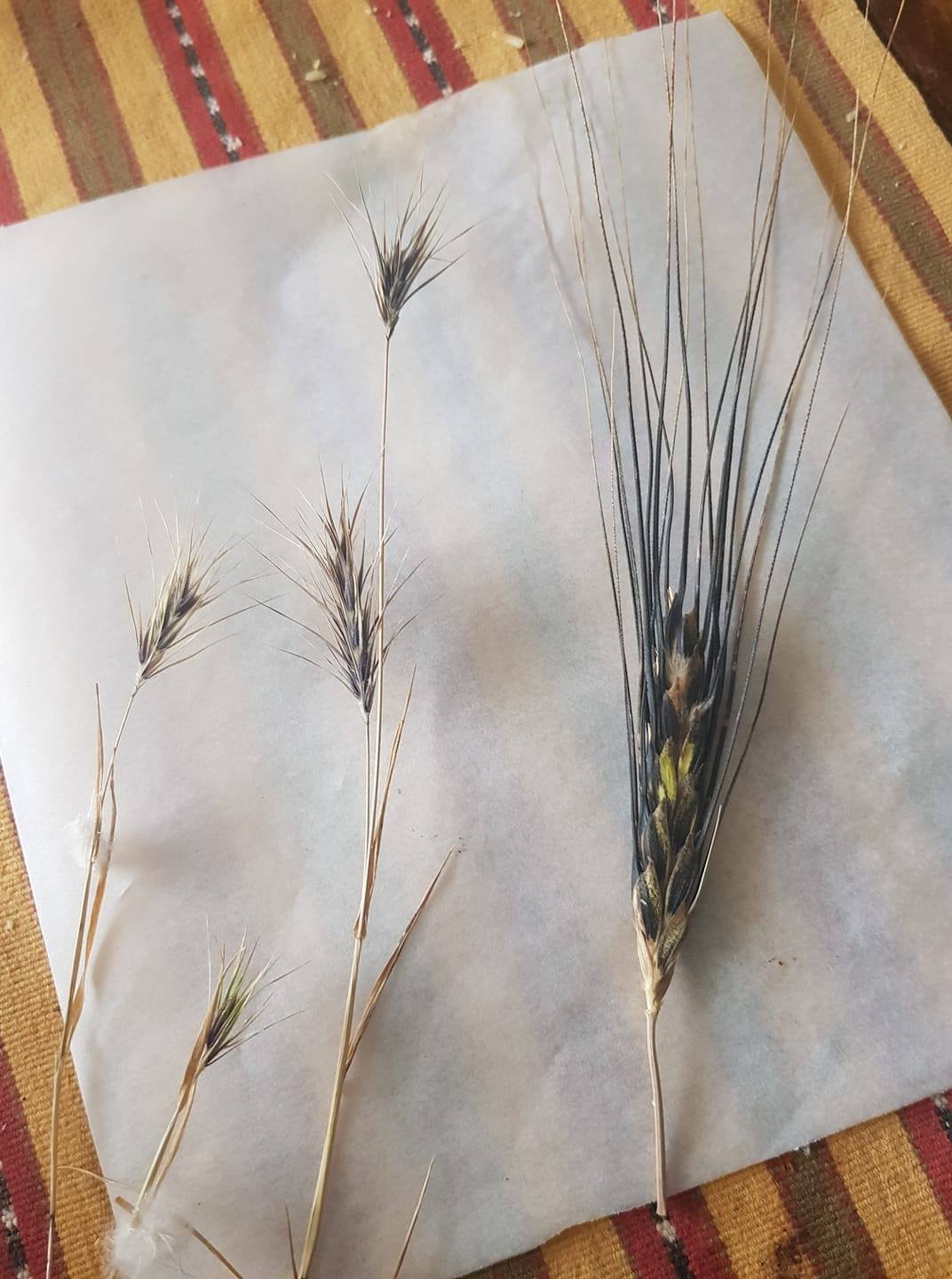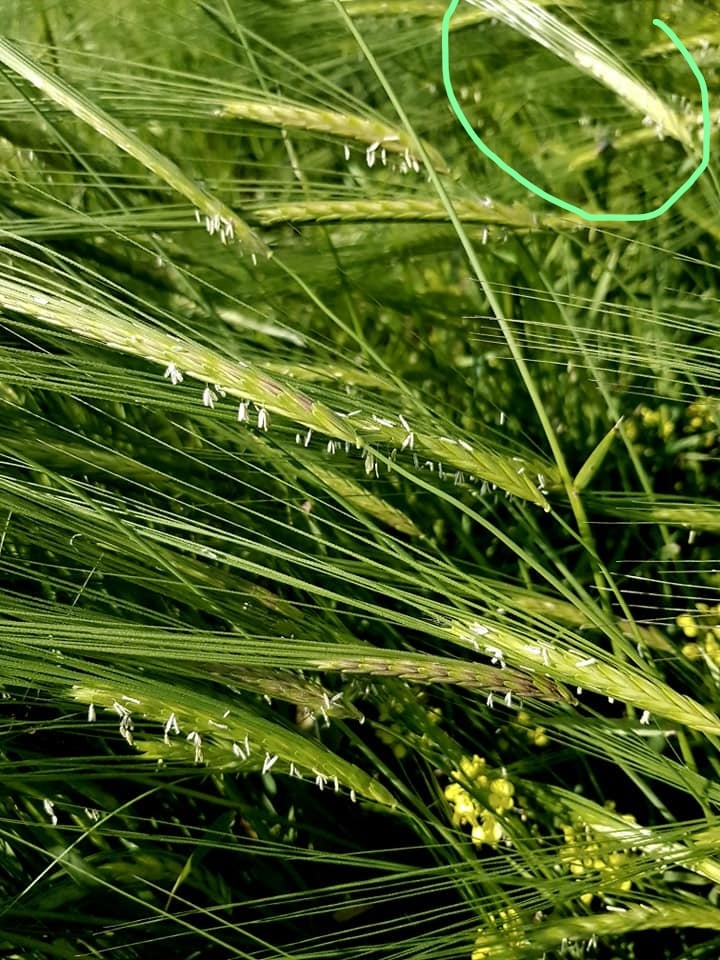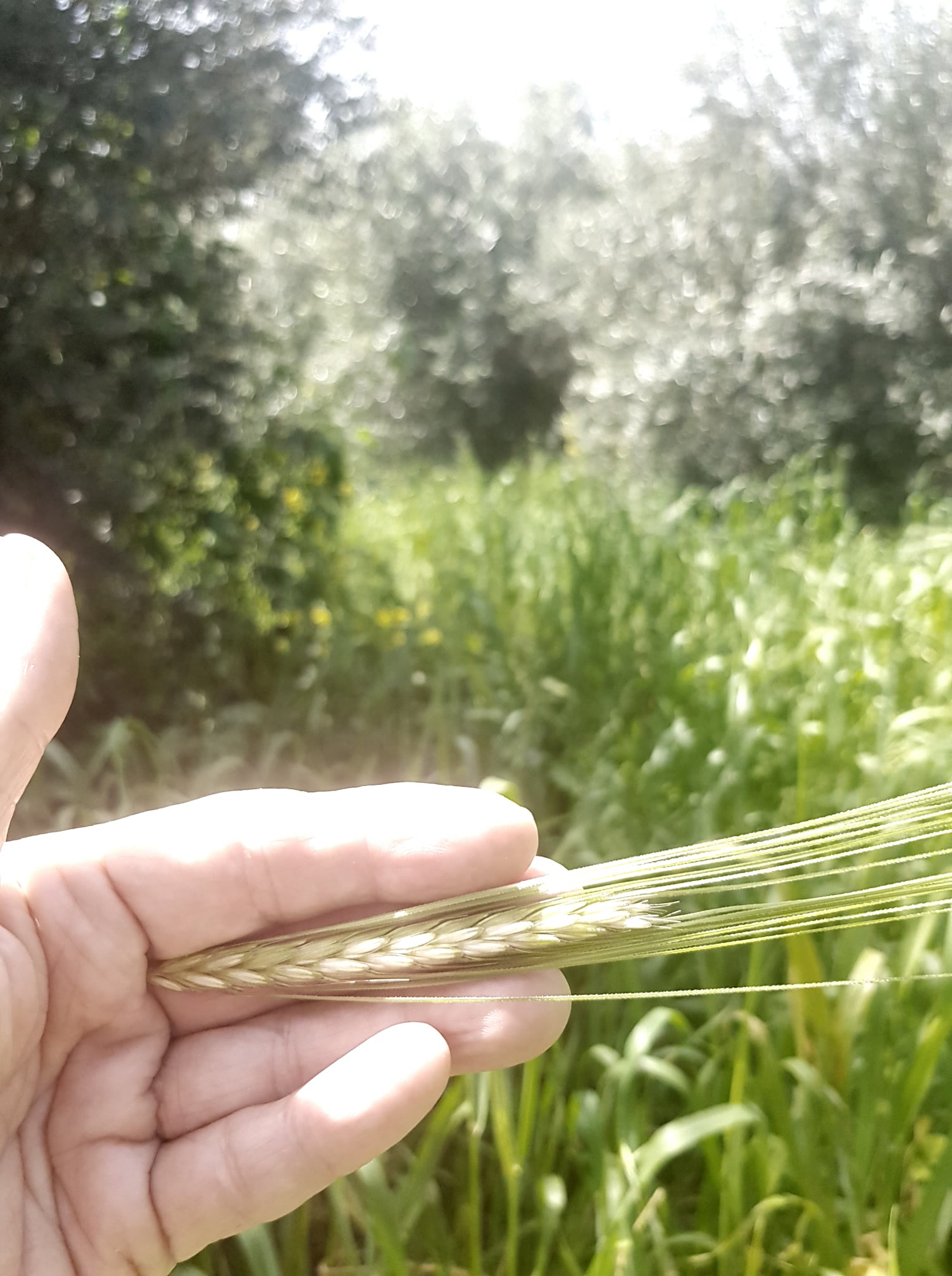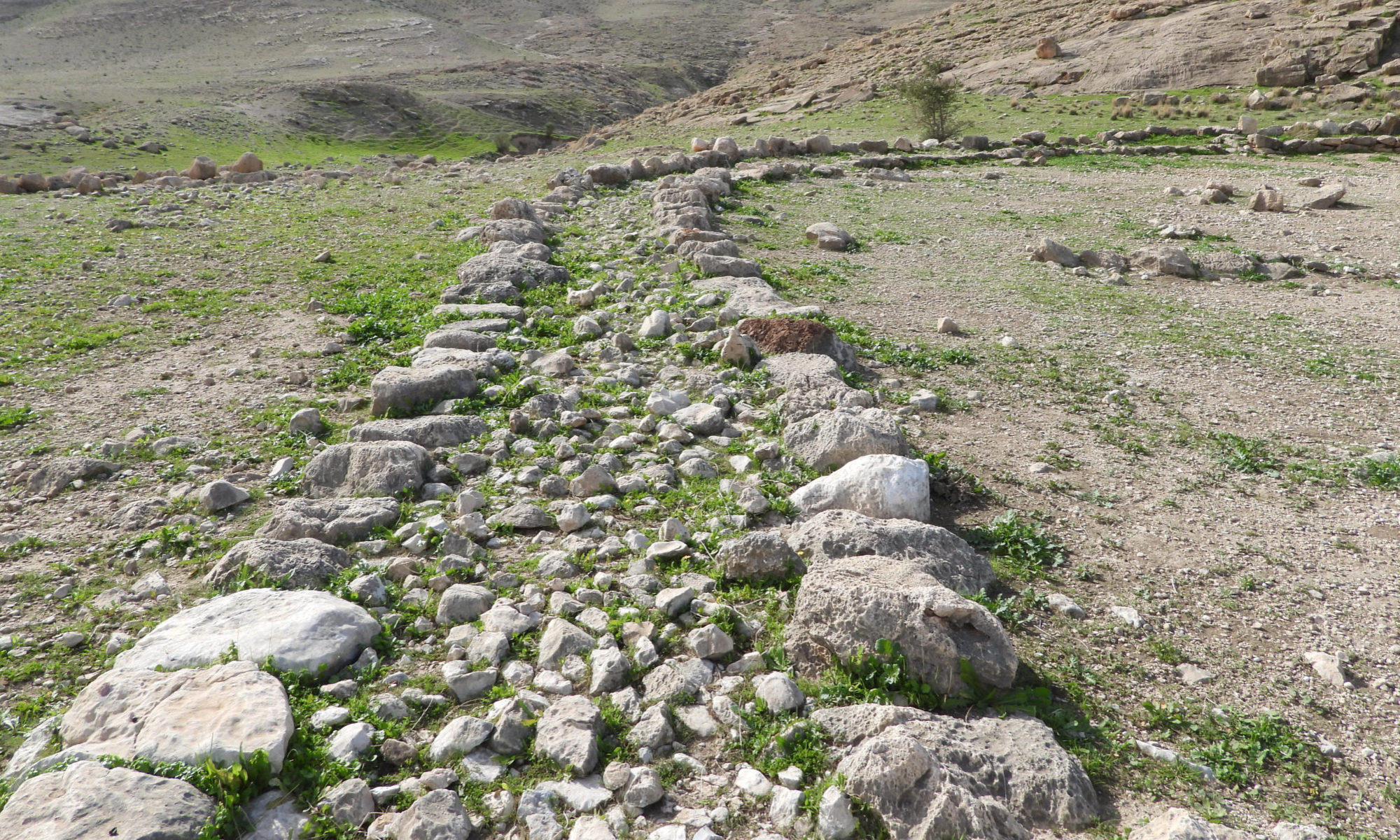https://youtu.be/7pJhyMNYV4Yhttps://youtu.be/7pJhyMNYV4YUpdated Mar 26, 2021, 7:37 PM
Mar 24, 2021, 7:06 AM – Becca Biderman shared a link to the group: In search of His ancient and true path …from cover to cover.
Mar 23, 2021, 7:16 PM – Becca Biderman shared a link to the group: In search of His ancient and true path …from cover to cover.
https://www.youtube.com/watch?v=NcJwzmBFrKMI’m enjoying listening to Shilo Ben Hod….his songs are easy and you might consider learning some Hebrew by singing along..
https://www.youtube.com/watch?v=NcJwzmBFrKMUpdated Mar 24, 2021, 12:28 PM
Mar 22, 2021, 2:28 PM – Becca Biderman posted in In search of His ancient and true path …from cover to cover.
Thus saith the talmud: Cancel the (2nd month) Passover this month!!! It’s raining and the roads will be muddy so the pilgrims can’t travel because they will get muddy feet!!
G-d forbid that we change our lives to merit better weather, instead let’s just change the rules and throw everyone off the correct calendar. The TALMUD says if the roads are muddy then we can’t journey. Really? are we still lost in the burden of man’s yoke?
You can’t take the standard and the patterns in Torah that were designed for a righteous nation and expect them to also work in a time of gross spiritual darkness. Darkness because they or even we the body, follow talmudic rules, laws, and traditions rather than chasing the favor of Elohim.Updated Mar 25, 2021, 2:48 PM
Mar 22, 2021, 11:15 AM – Becca Biderman created a poll in In search of His ancient and true path …from cover to cover.
Poll: This is a poll for interest and opinion. Thanks for participating
I’m thinking of offering ground barley flour from Israel ahead of next year’s Passover. It would be made from the domestic barley in the first year with a second-year goal of being from the heirloom barley.
Please don’t ask me what the cost would be, this is only the first step in my research.
Since we aren’t sure about when or if tourism will open this is my brain-child for replacing the income we earned in tourism. I’m very interested in purchasing some for next year’s week of unleavened It’s interesting but I’m not sure I would pursue it Barley is barley and I can get what I need where I am livingUpdated Mar 23, 2021, 4:59 AM
Mar 21, 2021, 6:17 PM – Becca Biderman posted in In search of His ancient and true path …from cover to cover.
 Another wow moment.
Another wow moment.This is a photo I took last year circa to Shavuot. I was struck by this look-alike plant (left side) to the ancient black wheat (right side). I had found it growing near and in the wheat in one of the locations that I gleaned from last year. I have wondered and still do if this is the tares that grew with the wheat the parable mentions in Matthew 13. It’s the only other black cereal grass I’ve seen to date.
There is a dear brother that refers to the wild barley growing on a hillside and in the stony ground as ‘goat grass’. I knew from the rabbinical writings that this was a misuse of the term because there was a clear and separate listing of a plant called ‘goat grass’ apart from a few other cereal-grasses listed in the paragraph.
This little black look-alike grain is Sharon goat grass (Aegilops sharonensis Eig), ladies and gentlemen I give you the REAL goat grass
https://en.wikipedia.org/wiki/Aegilops
Some Aegilops are known as weeds. A. cylindrica, which is commonly known as jointed goatgrass, infests wheat fields, where it outcompetes wheat plants, reducing yields. Its seeds mix with wheat grains at harvest, lowering the quality of the crop. It can also harbor pests such as the Russian wheat aphid (Diuraphis noxia) and pathogenic fungi. Other Aegilops are weeds of rangeland and wildland habitat.[17]Another wow moment.
This is a photo I took last year circa to Shavuot. I was struck by this look-alike plant (left side) to the ancient black wheat (right side). I had found it growing near and in the wheat in one of the locations that I gleaned from last year. I have wondered and still do if this is the tares that grew with the wheat the parable mentions in Matthew 13. It’s the only other black cereal grass I’ve seen to date.
There is a dear brother that refers to the wild barley growing on a hillside and in the stony ground as ‘goat grass’. I knew from the rabbinical writings that this was a misuse of the term because there was a clear and separate listing of a plant called ‘goat grass’ apart from a few other cereal-grasses listed in the paragraph.
This little black look-alike grain is Sharon goat grass (Aegilops sharonensis Eig), ladies and gentlemen I give you the REAL goat grass
https://en.wikipedia.org/wiki/Aegilops
Some Aegilops are known as weeds. A. cylindrica, which is commonly known as jointed goatgrass, infests wheat fields, where it outcompetes wheat plants, reducing yields. Its seeds mix with wheat grains at harvest, lowering the quality of the crop. It can also harbor pests such as the Russian wheat aphid (Diuraphis noxia) and pathogenic fungi. Other Aegilops are weeds of rangeland and wildland habitat.[17]Updated Mar 22, 2021, 9:35 PM
Mar 21, 2021, 4:37 PM – Becca Biderman posted in In search of His ancient and true path …from cover to cover.
Mar 20, 2021, 12:53 PM – Becca Biderman posted in In search of His ancient and true path …from cover to cover.
In answer to this statement: “If the start of the year is declared too early, those in the north of Israel would have found themselves still harvesting barley well into the time past the 7 weeks when the barley harvest was to be finished and the wheat harvest was to begin.”
This was a statement in support of the calendar as determined by Devorah’s Date Tree inspection group. I have nothing to say, but I will let the scriptures speak for themselves concerning whether going past 7 weeks is a blessing or curse.
Lev26:3 If ye walk in my statutes, and keep my commandments, and do them; 4 Then I will give you rain in due season, and the land shall yield her increase, and the trees of the field shall yield their fruit. 5 And your threshing (grains, Shavuot [cira 3rd month] usually ends the grain harvests) shall reach unto the vintage (the grape harvest in the 5th month), and the vintage shall reach unto the sowing time (the sowing time for grains is in the 7th month): and ye shall eat your bread to the full, and dwell in your land safe
Keeping ××××s statues and commandment CAUSED the grain harvests to extend; the wheat harvest extended to the FIFTH MONTHUpdated Mar 26, 2021, 5:58 PM
Mar 20, 2021, 11:21 AM – Becca Biderman posted in In search of His ancient and true path …from cover to cover.

 Statement: “ask any farmer – even Jesus referenced the ‘fields being white.'”
Statement: “ask any farmer – even Jesus referenced the ‘fields being white.'”
Did you know when the barley first exits the boot that the heads that will hold the grains are very light pale yellow-green? The awns will be green, but if you look past the awns at the body of the head you will see the head presents itself with a very pale light color.
Did you also know for a few brief days each stalk of barley will be white with blooms and still have a light whitish appearance?
If you don’t have access to the heirloom wild barley 12 months out of the year it’s likely you will not have witnessed the aspect of the barley’s development.
In the quote above the thought is that only pale tan golden barley that would be ready to shatter is what is acceptable as a harvest and it is this condition being referenced in Yeshua’s words. Here’s the verse.
(Joh 4:35) Say not ye, There are yet four months, and then cometh harvest? behold, I say unto you, Lift up your eyes, and look on the fields; for they are **white already to harvest**.
Consider that it should say *’white even now near to (G4314 pros) the harvest’*
Yeshua was speaking of the Samaritans. If this verse meant that these people were an acceptable firstfruits offering because they were “a shattering harvest” shouldn’t they have become a type of firstfruits at this moment? Or if this harvest is a tan ready to drop presentation and the harvest was *near *but not *now* wouldn’t the harvest have been lost instead of gathered?
If we read the next few scriptures:
(Joh 4:36) And he that reapeth receiveth wages, and gathereth fruit unto life eternal: that both he that soweth and he that reapeth may rejoice together. :37) And herein is that saying true, One soweth, and another reapeth. 4:38) I sent you to reap that whereon ye bestowed no labour: other men laboured, and ye are entered into their labours.
Yeshua is speaking of the work that He Himself was working in this ‘field of Samaritans’. We can see in Acts 8:27 that Peter is still working in the ‘field of Samaritans’:
Act 8:25 And they, when they had testified and preached the word of the Lord, returned to Jerusalem, and **preached the gospel in many villages of the Samaritans**.
We have to be careful to look at the whole picture for context and not just content.
On the top right of the photo is a single white barley head with newly exited from the boot or body. But if you will observe, even the flowering barley is still very light/white in appearance.Updated Mar 21, 2021, 4:29 AM
Mar 19, 2021, 7:26 PM – Becca Biderman shared a link to the group: In search of His ancient and true path …from cover to cover.
https://www.youtube.com/watch?v=ieh4NZSDfW0Brother Norman Willis did a great job of recapping the barley season this year. https://www.youtube.com/watch?v=ieh4NZSDfW0
Shabbat shalomUpdated Mar 23, 2021, 8:17 AM
